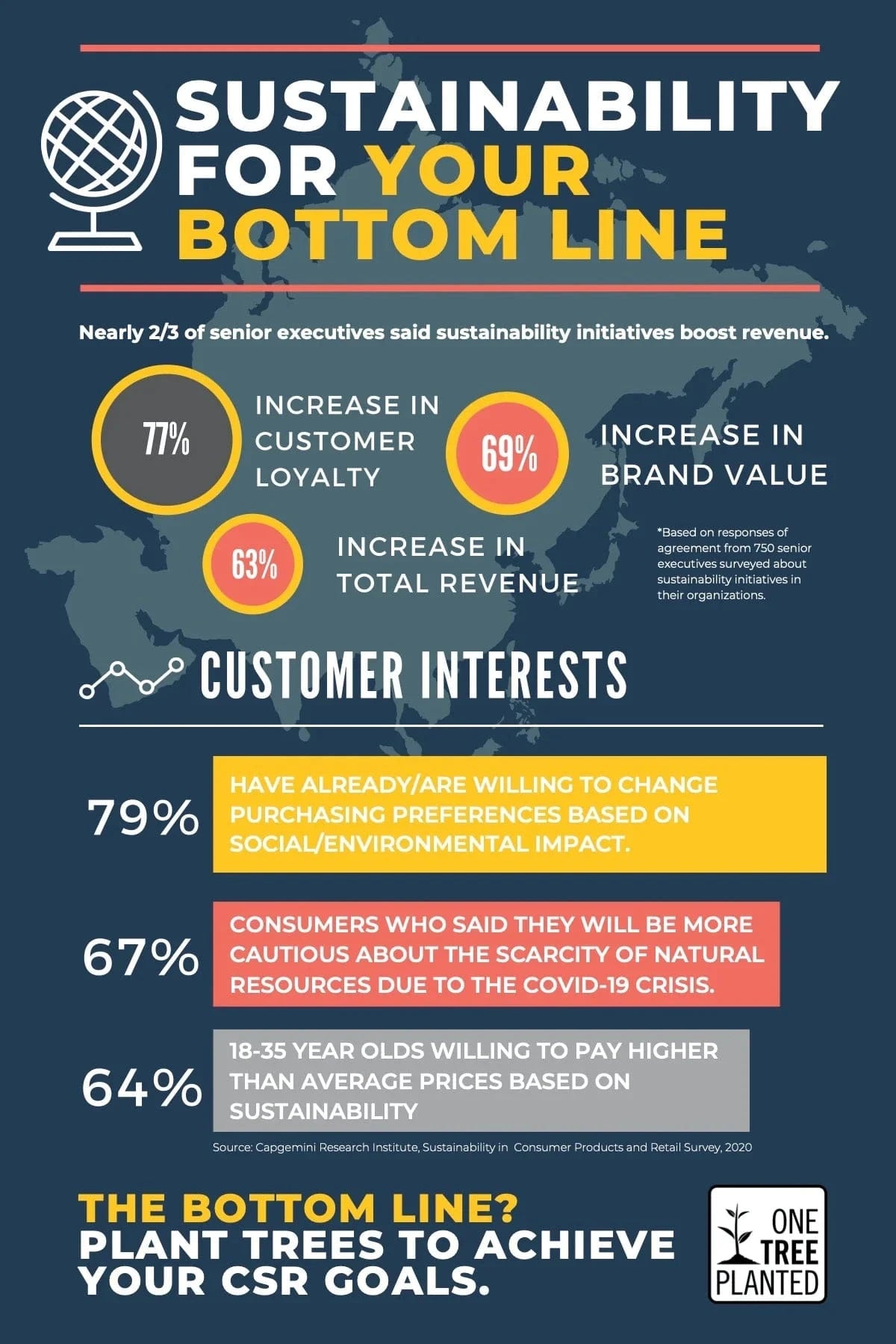
Get news, updates, & event Info delivered right to your inbox:
What is the Triple Bottom Line?
The Triple Bottom Line (also known as the 3Ps, TBL or 3BL) refers to the balancing equation of people, planet, and profit. The idea is that, in addition to profits, businesses should also take into consideration their social and environmental impact.
The term "Triple Bottom Line" was coined by John Elkington, a well-known entrepreneur and management consultant, with the goal of measuring a corporation's performance beyond it's financial success in order to also incorporate its impact on the community and in our planet. The theory is based on the principle that companies that do not evaluate their social and environmental costs are failing to account for the full cost of doing business.
The tenet of the Triple Bottom Line is that the economic sector can take steps to ensure that financial growth lifts up the community and the environment, while still being able to increase the monetary value of an enterprise or industry. The TBL concept has similarities to practices of Corporate Social Responsibility (CSR) and Sustainability, so you’ll likely see the terms used side by side.

Plant: Environmental Triple Bottom Line
The "planet" component measures a company's environmental impact. Managing an organization's environmental bottom line involves controlling, monitoring and reporting its level of consumption, waste and emissions. This can include measuring it's negative impact (eg. carbon footprint, use of natural resources, etc), but also the positive (eg. reforestation, removal of waste, etc>)
Measuring environmental sustainability can be a time-consuming process, which is why several companies choose to dedicate an entire department or committee to their sustainability and Corporate Social Responsibility efforts. There are also external CSR service providers and software that can help.
Below are some of the metrics used by the Global Reporting Initiative for measuring, monitoring and reporting on a company's environmental triple bottom line:
- Energy consumption (% of fossil fuels, electricity and/or renewable)
- Water consumption
- Total greenhouse gas
- Amount of recycled material used emissions
- Amount of waste generated
- Impact in land use/ land cover
- Hazardous waste management

People: Social Bottom Line
The social component of the Triple Bottom Line measures a company's level of social responsibility. The social dimensions of a community include measures of health, quality of life, equity, social capital, education and access to resources.
Below are some examples of social variables that can be measured:
- Median household income
- Unemployment rate
- Average commute time
- Violent crime per capita
- Female labor participation
- Health-adjusted life expectancy
- Relative poverty

Profit: Economic Bottom Line
The conventional financial bottom line is the traditional concept of profit and refers to measuring and reporting the flow of money. Generally this can be measured through income, expenditures, employment rate and so on,
However, in the triple bottom line approach, economic capital should take into account the business impact on the economic environment. The idea is that a company that has a positive impact on the economy, by contributing to the economic health of the network it belongs to, will be successful in the long-run.
Here are some examples of economic variables that can be measured:
- Job growth percentages
- Establishment size
- Establishment churn
- Average incomes
- Cost of underemployment
- Employment distribution by sector
- Revenue by sector
Social Progress Index
A slightly different version of a Triple Bottom Line is the Social Progress Index and it applies to everyone across the globe, not just the entrepreneurs. The Social Progress Index breaks down the UN’s Global Goals into three separate categories, or “bottom lines”:
- Basic Human Needs
- Foundations of Wellbeing
- Opportunity
Though they look and sound different than the original TBL, they are similar in many ways. With the Social Progress Index, people, planet, and profit are interwoven into the above mentioned categories rather than each one standing on its own.
This isn't surprising, given that the Sustainable Development Goals (SDGs) themselves really demonstrate an interconnectedness that allows for improvement made in one area, to have a positive impact in another.

Meet Your Environmental Bottom Line
Looking to incorporate the Triple Bottom Line and become a more sustainable business? Sign up your business and become an official One Tree Planted reforestation partner today!
Get news, updates, & event Info delivered right to your inbox:
Related Posts
9 Sustainable New Years Resolutions
18/12/2025 by Meaghan Weeden
Inspirational Quotes About Trees
16/12/2025 by Meaghan Weeden
The 9 Oldest, Tallest, and Biggest Trees in the World
11/12/2025 by One Tree Planted
Popular On One Tree Planted
Inspirational Quotes About Trees
16/12/2025 by Meaghan Weeden
The 9 Oldest, Tallest, and Biggest Trees in the World
11/12/2025 by One Tree Planted
What Causes Deforestation?
10/07/2025 by Meaghan Weeden
Fundraising Disclosures

Be Part of the
Restoration Movement
The Grove is more than just a monthly giving program: it's a vibrant community of individuals who are dedicated to reforestation and environmental restoration on a global scale.
As a member of The Grove, you affirm your commitment to restoring forests, nurturing biodiversity, and fostering positive global change.



